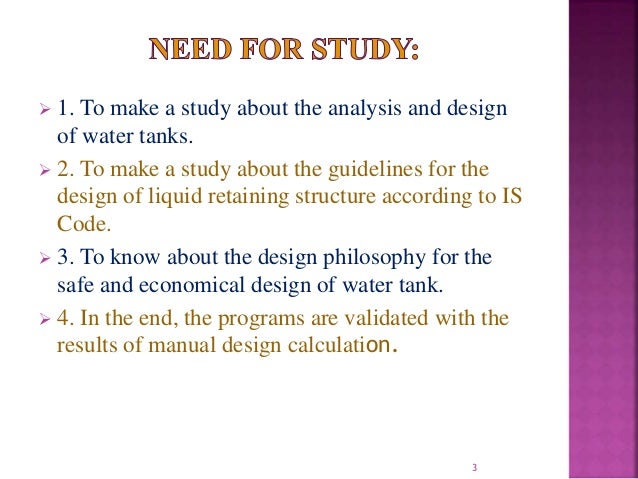Design Of Liquid Retaining Concrete Structures Pdf Converter
Concrete Structures. Chalmers University of Technology. A proper detailing of reinforcement in concrete structures is very important with regard to. Outline of the thesis. DEVELOPMENT OF STANDARDS FOR DESIGN OF CONCRETE. Transition to the European Standards. Download Design of Liquid Retaining Concrete Structures - R.D.
1 Applies to shipping within France. Information about shipping policies for other countries can be found here: Payment and Delivery Information 2 In accordance with Kleinunternehmerstatus exception of §19 of the German Value Added Tax Law, we do not collect or display VAT. About| Payment and Delivery Information. Show items available online only. Show items with text recognition (OCR) only. Search Clear. Search in content Sign in Edit profile Change email Change password Delete account; Sign out. Items Results: Chosen. Accuracy; title (A-Z); title (Z-A); author (A-Z); author (Z-A); the oldest; the latest. Tvp program telewizyjny wszystkie program. Spotkanie ([spɔtˈkaɲe], lit. 'meeting') is a settlement in the administrative district of Gmina Szczecinek, within Szczecinek County, West Pomeranian Voivodeship, in north-western Poland. Before 1945 the area was part of Germany. For the history of the region, see History of Pomerania.
- Design Of Reinforced Concrete Structures
- Reinforced Concrete Structures Pdf
- Reinforced Concrete Design Manual Pdf

Design Of Reinforced Concrete Structures

Reinforced Concrete Structures Pdf
Learn about the basic design mixes used in concrete production.Reinforced Concrete Design Manual Pdf
There are many different types, strengths, and compositions of concrete, each with characteristics that make them perform better for different applications. Here are a few examples:
- Strength is usually determined by compression testing, and is expressed in Pounds per Square Inch (PSI). Normal concrete mixes range from 2500 PSI to 5000 PSI, with engineered design mixes of over 10,000 PSI used in specialized applications. Lower strengths are also available for grouts, but since these are usually used for displacement, block-fill, and filling abandoned utility lines, we won't spend much time on these products. Here are some common uses for different strength concretes. Note that these are not exclusive, as designers and structural engineers may spec different uses in specialized construction projects.
- 2500PSI concrete may be used in driveways, walkways, and even floor slabs on grade. This concrete is usually the cheapest available from batch plants. Used on solidly compacted fill material (subgrade), this concrete performs satisfactorily for these projects, but many professional concrete workers prefer a higher strength product due to warranty concerns, and some building codes may not allow its use for all of these applications.
- 3000PSI concrete in many locations is a standard multipurpose mixture for general use in construction. It is durable, has sufficient cement to give it good finishing characteristics, and can be placed fairly wet without sacrificing quality.
- 3500PSI concrete is used for applications where surface spalling is not acceptable, and significant loading is expected. One example would be paving curbs, where heavy traffic may drive on the surface. Other uses include building footings, bond beams, grade beams, and floor slabs where heavy loads may be moved or stored.
- 4000PSI concrete is used for heavy traffic pavement, heavy use floor slabs like shops and warehouses, and concrete footings designed to support heavy loads.
- 5000PSI and higher concrete mixes are usually used for specialized construction projects where high impact resistances, very low wear rates, or extreme conditions are expected.
- Special mixes. Concrete can be mixed using different types of aggregates that give it different qualities that may make it more suited for the project. Here are examples:
- Pump mixes are especially designed to make placement with a mechanical pump through a high pressure hose possible with a minimal chance of blockages. They can be pumped wetter than other mixes, and may have smaller large aggregates than standard mixes.
- Exposed aggregate mixes are designed so that when the finished grout surface is removed by sandblasting or water washing while the concrete is very green (not cured), a uniform layer of similarly sized aggregate is exposed. River rock, smooth gravel, or graded crushed limestone aggregate are mixed in this mixture at a higher than normal ratio.
- Entrained air mixtures have air added in the production process, so that tiny air bubbles are created in the finished material. This allows more expansion in the concrete without cracking, making it perform better in projects that are exposed to great differences in temperature.
- Flexible concretes are used for large paving projects, and achieve structural strength without large amounts of reinforcing, thereby reducing material and installation costs. These mixes are describe according to their flexible strength, for example, 650, 750, and 850 flex.